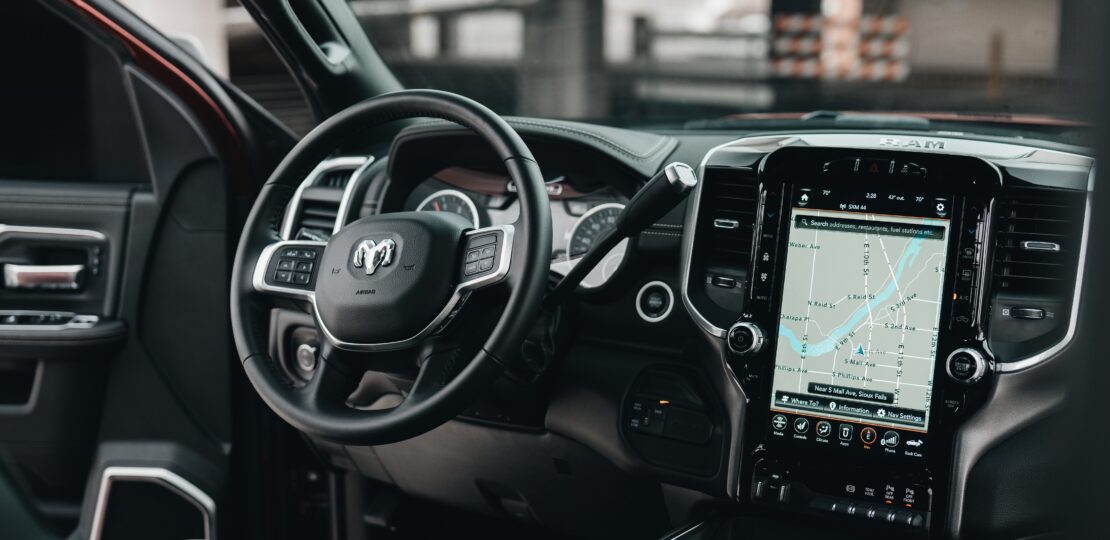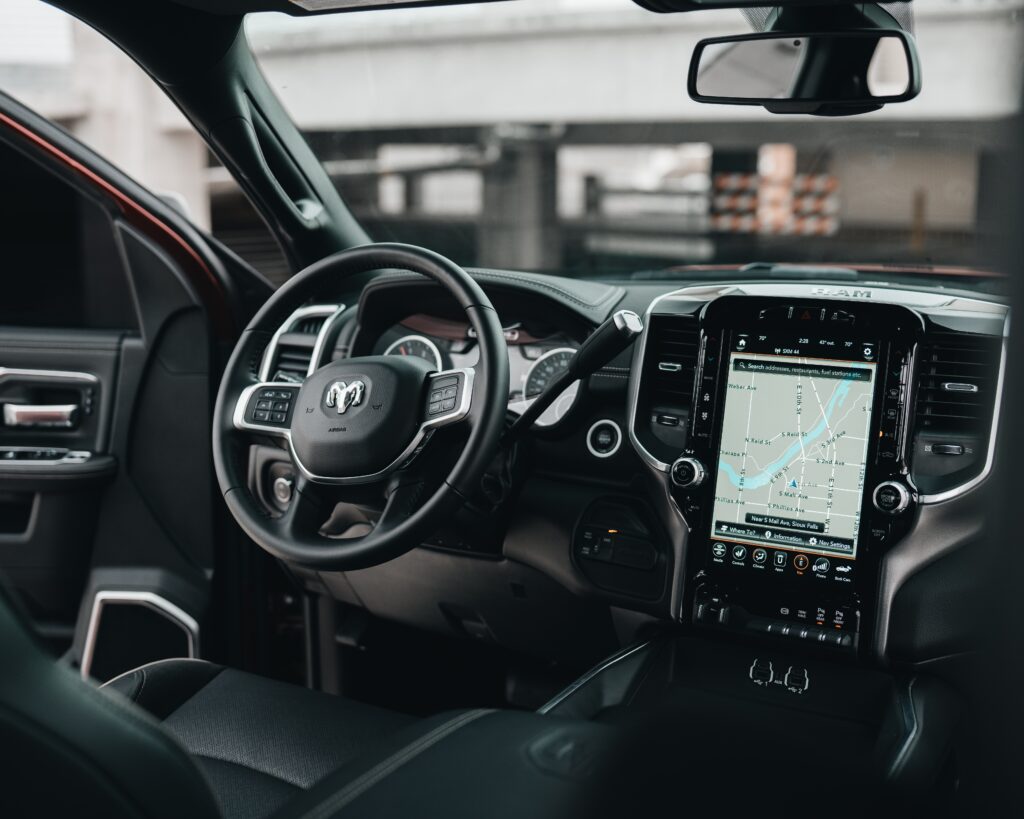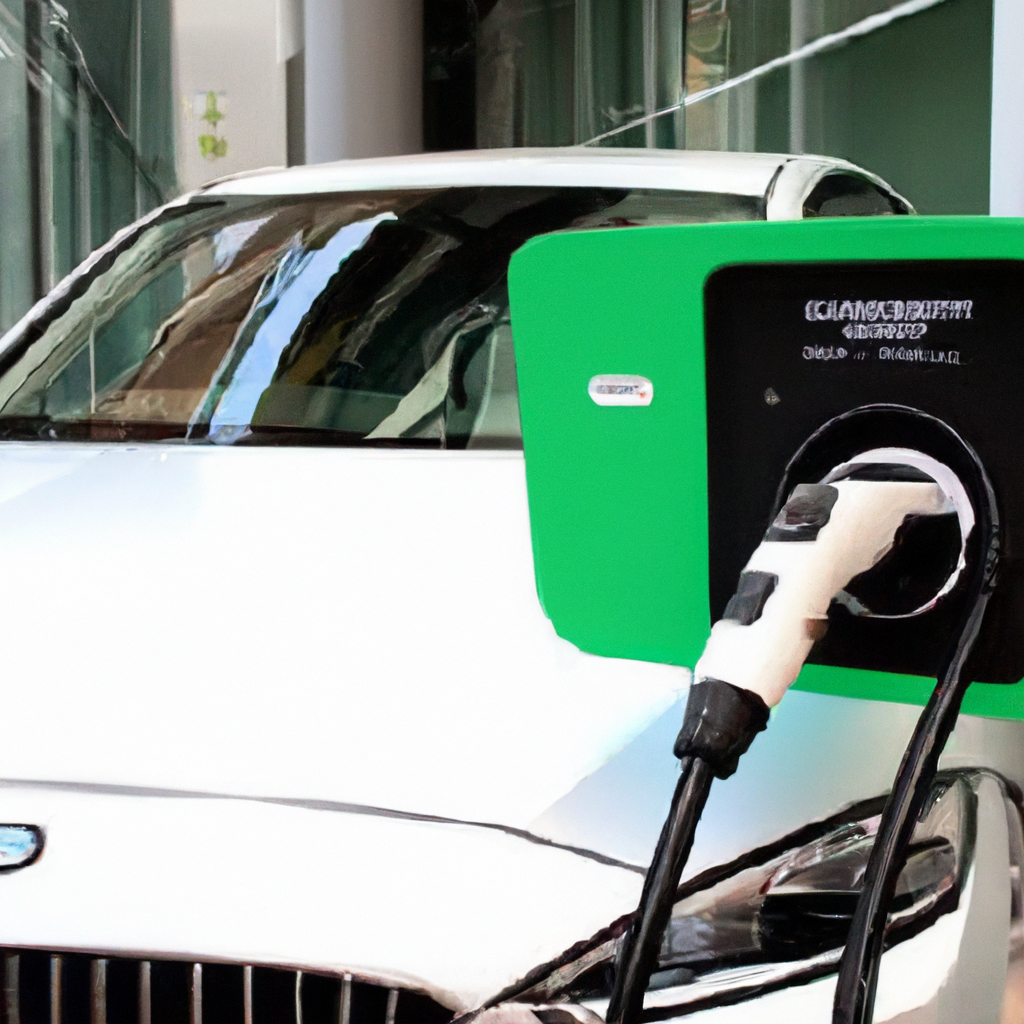What Are The Safety Features Of EV Chargers Available In Malaysia?
October 8, 2023 | by Jacob Kang

Are you curious about the safety features of EV chargers in Malaysia? Well, you’re in the right place! In this article, we will explore the various safety measures that are incorporated into the EV chargers available in Malaysia. From advanced circuit protection to robust insulation, these chargers are designed to ensure not only efficient charging but also the utmost safety for both the users and their vehicles. So, let’s dive in and discover the innovative safety features that make EV charging in Malaysia a secure and reliable process.
Safety Standards and Certifications

International Safety Standards
When it comes to electric vehicle (EV) chargers, safety is of paramount importance. EV chargers undergo rigorous testing and adhere to international safety standards to ensure the protection of both users and the electrical infrastructure. These standards are set by organizations such as the International Electrotechnical Commission (IEC), the Underwriters Laboratories (UL), and the International Organization for Standardization (ISO).
International safety standards cover a wide range of aspects, including electrical safety, protection against overcurrent and overvoltage, ground fault protection, temperature monitoring, surge protection, authentication, fire safety, and electric shock protection. By complying with these standards, EV charger manufacturers demonstrate their commitment to delivering safe and reliable charging solutions.
Local Safety Certifications
In addition to international safety standards, EV chargers available in Malaysia also need to meet local safety certifications. These certifications ensure that the chargers comply with the specific safety requirements and regulations set by relevant authorities in Malaysia.
Local safety certifications may include testing and verification of the charger’s electrical safety, compliance with national wiring and installation codes, and adherence to other local safety standards. By obtaining these certifications, EV charger manufacturers demonstrate their commitment to meeting the safety requirements specific to the Malaysian market.
Overcurrent Protection
Types of Overcurrent Protection
Overcurrent protection is a crucial safety feature in EV chargers that safeguards against excessive electric current flowing through the charging system. There are two main types of overcurrent protection commonly found in EV chargers: fuses and circuit breakers.
Fuses are devices that contain a metal wire or strip that melts when exposed to an excessive current. When the current exceeds the rated value of the fuse, the wire or strip melts, breaking the electrical circuit and preventing further flow of current. Fuses are designed to be replaced after they have melted, ensuring continued protection.
Circuit breakers are automatic switches that trip and open the circuit when the current exceeds a predetermined threshold. Unlike fuses, circuit breakers can be manually reset after tripping, allowing for continued use without the need for replacement. This makes circuit breakers more convenient and cost-effective in the long run.
Importance of Overcurrent Protection
Overcurrent protection is vital in EV chargers as it prevents electrical overheating, which can lead to equipment damage, fires, and even electric shocks. By detecting and interrupting excessive current flow, overcurrent protection devices ensure that the charging process remains safe and reliable.
EV chargers are designed to handle specific current levels based on the capabilities of the vehicle being charged. However, external factors such as faulty wiring or a malfunctioning vehicle can lead to unexpected overcurrent conditions. The presence of overcurrent protection in EV chargers provides an additional layer of safety, giving users peace of mind while charging their vehicles.
Overvoltage Protection

Preventing Overvoltage Issues
Overvoltage protection is a critical safety feature in EV chargers that safeguards against excessively high voltages to protect both the vehicle and the charging infrastructure. Overvoltages can result from power surges, lightning strikes, or other electrical anomalies.
To prevent overvoltage issues, EV chargers are equipped with protective devices such as voltage limiters and surge suppressors. These devices continuously monitor and regulate the voltage level, ensuring that it remains within safe limits.
Role of Overvoltage Protection
The primary role of overvoltage protection in EV chargers is to safeguard the vehicle’s onboard electrical systems and sensitive electronics. Excessive voltages can cause irreversible damage, rendering the vehicle inoperable and posing safety risks to occupants.
Furthermore, overvoltage events can also disrupt the electrical grid and cause damage to the charging infrastructure. By incorporating overvoltage protection mechanisms, EV chargers minimize the risk of such incidents and maintain the reliability of the charging process.
Ground Fault Protection

Detecting Ground Faults
Ground fault protection is an essential safety feature in EV chargers that detects and mitigates the risks associated with ground faults. A ground fault occurs when the current flowing into a charging system deviates from its expected path and finds an unintended pathway to the ground.
Ground fault protection devices, such as ground fault circuit interrupters (GFCIs), monitor the current flowing into and returning from the charging system. If a ground fault is detected, the GFCI quickly interrupts the circuit, preventing electrical shocks and equipment damage.
Ground Fault Protection Mechanisms
EV chargers employ various ground fault protection mechanisms to ensure user safety. These mechanisms include the use of GFCIs in the charger’s circuitry, which monitor the flow of electric current and automatically shut off the power if a ground fault is detected.
Additionally, EV chargers may incorporate ground-fault detection and indication systems, which can detect ground faults in the charging system and alert users or maintenance personnel. These systems provide an additional layer of protection and enable timely troubleshooting and maintenance.
Temperature Monitoring and Protection

Importance of Temperature Monitoring
Temperature monitoring is a crucial safety feature in EV chargers that prevents overheating and potential fire hazards. Charging generates heat, and continuous monitoring of the temperature levels ensures that the charger remains within safe operating limits.
Temperature sensors incorporated within the charger’s electronics continuously monitor the temperature of critical components. If the temperature exceeds predetermined thresholds, the charger may automatically reduce the charging current or temporarily pause the charging process until the temperature decreases.
Temperature Protection Measures
To protect against overheating, EV chargers implement various temperature protection measures. These measures may include the use of heat sinks, fans, or other cooling mechanisms to dissipate heat and maintain optimal operating temperatures.
In addition, advanced chargers may employ thermal management systems, which actively monitor and control the charging process based on the temperature readings. With these systems, the charger adapts its behavior to prevent overheating, ensuring the safety and longevity of the charging equipment.
Surge Protection

Surge Protection Devices
Surge protection is a vital aspect of EV chargers that safeguards against voltage transients and power surges caused by lightning strikes, system faults, or other electrical anomalies. Surge protection devices (SPDs) are used to divert excessive voltage spikes and transient currents away from sensitive charging electronics.
SPDs are typically installed at the charger’s power input to provide immediate protection against incoming surges. These devices act as a barrier, suppressing and redirecting the excess electrical energy to the ground, ensuring that it does not cause damage to the charger or connected vehicle.
Surge Protection in EV Chargers
EV chargers incorporate surge protection mechanisms to ensure the safety of both the charger’s internal electronics and the connected vehicle. By effectively suppressing and diverting voltage transients, surge protection devices prevent equipment damage, reduce downtime, and maintain a reliable charging infrastructure.
In addition to external surge protection devices, EV chargers may also include internal surge protection circuitry. This provides an added layer of protection and enhances the resilience of the charging system against unpredictable voltage surges.
Authentication and Security
Authentication Methods
Authentication is an important security feature in EV chargers that helps prevent unauthorized access and use. Authentication ensures that only authorized users can initiate and control the charging process, protecting against fraudulent activities and misuse.
EV chargers may implement various authentication methods, such as RFID cards, mobile apps, or keypads. These methods require users to provide valid credentials before accessing charging services. By verifying the user’s identity, authentication methods ensure that the charging process remains secure and controlled.
Ensuring Security of EV Chargers
Ensuring the security of EV chargers involves both physical and digital measures. Physical security measures include robust enclosures and tamper-resistant designs that protect against vandalism, unauthorized access, and physical damage.
On the digital front, EV chargers may employ encryption techniques to secure communication between the charger and the user’s mobile device or the charging network. This prevents unauthorized access to sensitive data and ensures the integrity of the charging process.
Fire Safety Measures
Preventing Fire Hazards
Fire safety is an essential consideration in EV chargers to prevent the risk of fires caused by electrical faults, overheating, or other hazardous conditions. EV chargers incorporate various fire prevention measures to detect and mitigate potential fire hazards.
Chargers may feature built-in fire detection systems that monitor parameters such as temperature, heat flux, or the presence of smoke or gases. These detection systems can quickly identify abnormalities and trigger appropriate actions to prevent fire incidents.
Fire Suppression Systems
In the event of a fire, EV chargers may also utilize fire suppression systems to extinguish the fire and limit its spread. These systems can include fire extinguishers, automatic sprinklers, or other specialized fire suppression technologies.
To ensure the effectiveness of fire suppression systems, regular maintenance and inspections are necessary. By adhering to prescribed maintenance schedules and procedures, EV charger operators can proactively address any potential issues and maintain a safe charging environment.
Electric Shock Protection
Safeguarding Against Electric Shocks
Electric shock protection is a critical safety feature in EV chargers, designed to protect users from the risk of electrical shock during the charging process. EV chargers incorporate measures to minimize the likelihood of electric shock incidents and protect users from potential harm.
To safeguard against electric shocks, chargers feature insulation systems that prevent direct contact with live electric components. Additionally, grounding systems are employed to ensure that any stray currents are safely redirected to the ground, minimizing the risk of shocks.
Insulation and Grounding
Insulation and grounding are two key elements in ensuring electric shock protection in EV chargers. Insulation materials separate live conductive parts from accessible surfaces, providing a barrier that prevents accidental contact.
Grounding systems help prevent electrical shocks by providing a safe pathway for stray currents to dissipate harmlessly into the ground. Proper grounding ensures that any faults or electrical imbalances are quickly detected and resolved, protecting users and the charging infrastructure.
User Safety Tips
Safe Charging Practices
To ensure optimal safety while using EV chargers, it is essential to follow safe charging practices. Here are a few tips to keep in mind:
- Always use chargers that comply with international and local safety standards and certifications.
- Regularly inspect charging cables and connectors for any visible damage or wear.
- Avoid charging in wet or damp conditions to mitigate the risk of electric shock.
- Do not attempt to repair or modify chargers yourself; consult a qualified professional for any maintenance or repairs.
- Follow the manufacturer’s guidelines and instructions for charging your specific vehicle model.
- Unplug the charger from the power source and the vehicle when not in use to minimize the risk of electrical faults or fire hazards.
Precautions for EV Charger Users
In addition to safe charging practices, there are a few precautions that EV charger users should be aware of:
- Be cautious of third-party charging equipment and ensure it meets safety standards and certifications.
- Stay updated with the latest security patches and software updates for any smartphone apps or devices used for charging authentication.
- Be vigilant of any suspicious activities or unauthorized access to charging stations, and report any concerns to the relevant authorities or charging network operators.
- If you encounter any issues or unusual behavior during the charging process, discontinue charging and notify the charger’s operator or maintenance personnel.
By following these safety tips and precautions, you can ensure a safe and reliable charging experience while protecting yourself, your vehicle, and the charging infrastructure. Safety should always be the top priority when utilizing EV chargers.
RELATED POSTS
View all


